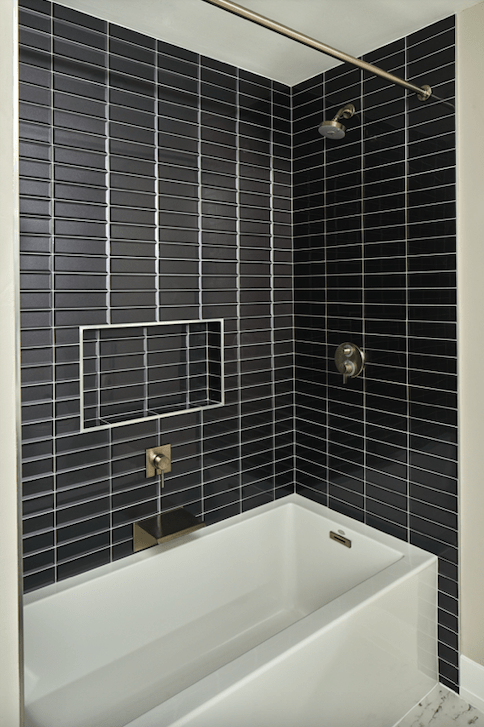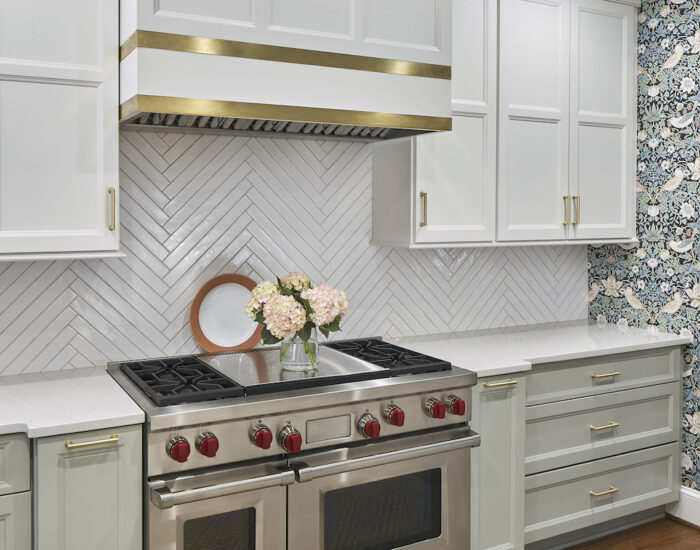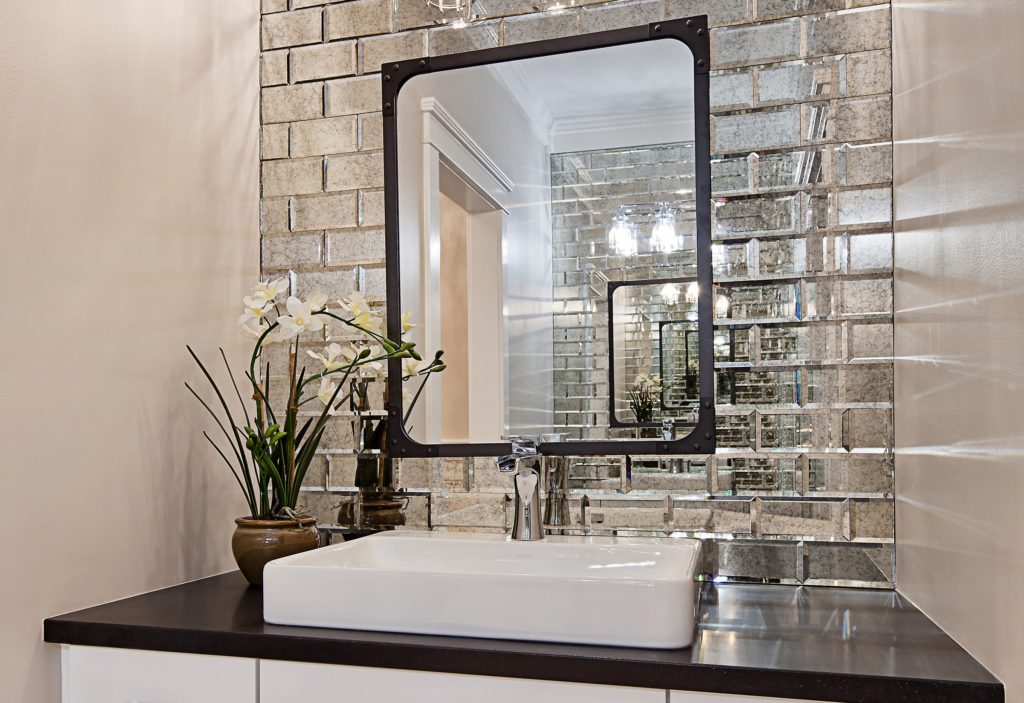Truths and Tips About Subway Tile Backsplash
If you have watched even one home-improvement show in the past few years, you have seen people get excited about their new subway tile backsplash — and you might have found yourself wondering if the enthusiasm on display was worth it. The popularity of subway tile has endured for generations because of its simplicity, versatility and historic appeal.
What Is Subway Tile, and How Did It Get Its Name?

Subway tiles are simple in design. They are rectangular ceramic or porcelain tiles, typically twice as long as they are wide. The original (and most traditional) size of a subway tile is 3 x 6 inches. Traditionally subway tiles were white, but today, they are available in a variety of colors and textures, which you’ve probably seen evidenced in any of the Charlotte homes you’ve visited.
The first subway tiles were used in the New York City subway system, and the name “subway tiles” has been used to describe these iconic tiles ever since.
In 1904, when the subway system was being built, designers George C. Heins and Christopher Grand La Farge were charged with the task of designing surfaces for the subway. These surfaces needed to look welcoming, bright, and sanitary to help make city dwellers feel more comfortable about using underground transit.
The uncomplicated rectangular tiles added a homey, familiar look to the underground spaces and were easy to keep clean and polished. You can still see the first-ever subway tile in the now-abandoned City Hall subway station. The New York Transit Museum offers tours for those who are interested.
After their initial use in NYC subways, these new tiles transitioned to residential design in the 1920s and have continued their steady rise in popularity, making their way across America. 100 years later, it is not at all uncommon to see them throughout Charlotte, in both kitchen and bathroom remodels.
Design Options for a Subway Tile Backsplash

The traditional subway tile backsplash design is simple, but that simplicity is part of the appeal. The rectangular tiles are most frequently laid end-to-end with a 50% offset on every other row, which is known as a horizontal brick bond. They can be used to create a no-fuss backsplash or to highlight a design feature, such as a custom range hood.
While the most common layout is the traditional end-to-end design, the basic geometry of a subway tile lends itself to several creative design patterns. In addition to the classic horizontal brick bond, other interesting patterns include:
- Horizontal stack
- Soldier stack
- Basketweave
- Vertical brick bond
- Diagonal brick bond
- Herringbone
Mixing tiles of different colors and textures adds endless possibilities for creating a unique feature-worthy subway tile backsplash in your home. For example, alternating rows of high-gloss and matte tiles in a monochromatic color creates a subtle striped effect that’s unexpected.

About that Grout
Once you’ve chosen your tiles and picked out a pattern and overall design, it’s time to choose the grout color that will best enhance your subway tile backsplash. Grout color can make or break a design, and different colors have different effects.
The classic white-on-white combination looks at home in almost any modern kitchen or bathroom, but it’s not the only option. Generally, you can choose grout colors that are the same as your tile color for an expansive, seamless look.
Alternatively, you can try contrasting grout colors to highlight the pattern of the tile layout. Grout lines that are more obvious bring attention to the angles of the tiles, but they also create a busier, more colorful look. This can be an advantage or disadvantage depending on the other materials, colors, and features being used in the room.
Don’t let design details stress you out. Your kitchen designer will help you make the best choices for a modern kitchen that meets your personal aesthetic and lifestyle needs.
Classic Design — Fresh Ideas

A kitchen backsplash may be the most traditional use for subway tiles, but don’t be afraid to think outside the breadbox. Subway tiles are perfect for bathroom walls, mudrooms, dog showers and laundry rooms as well. They can be combined with other materials to create a more interesting look, or used alone for simple, classic appeal.
Whether you are redoing a historic home, a beachside condo, or a traditional house in the suburbs, there’s a place for your favorite subway tiles. Trust us.
Ready to Say Yes to a Subway Tile Backsplash?
Are you looking to incorporate subway tile backsplash in your design? The design team at ReVision Design/Remodeling of Charlotte, NC, is here to help. We can guide you through the kitchen design process, including choosing the tile size, color, pattern, and grout that will make your kitchen backsplash pop. Contact us to get started today.



